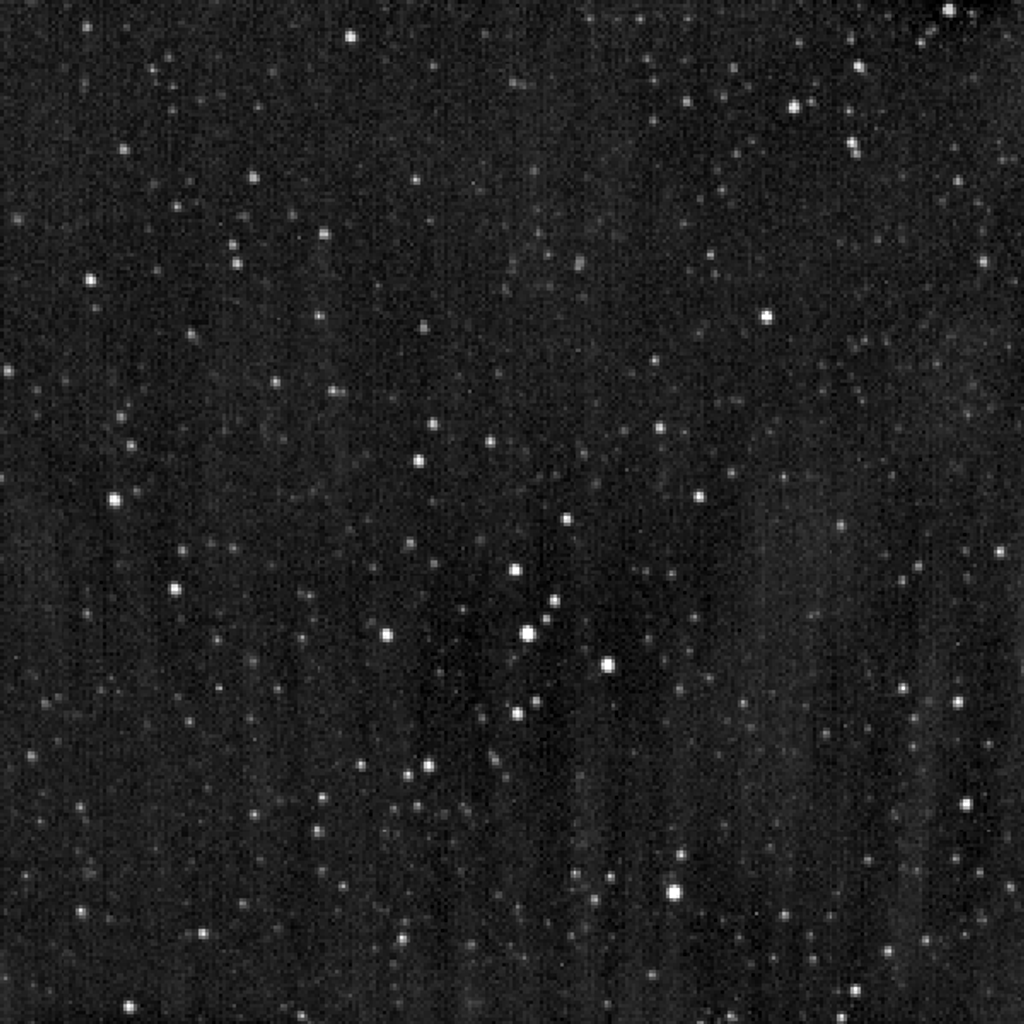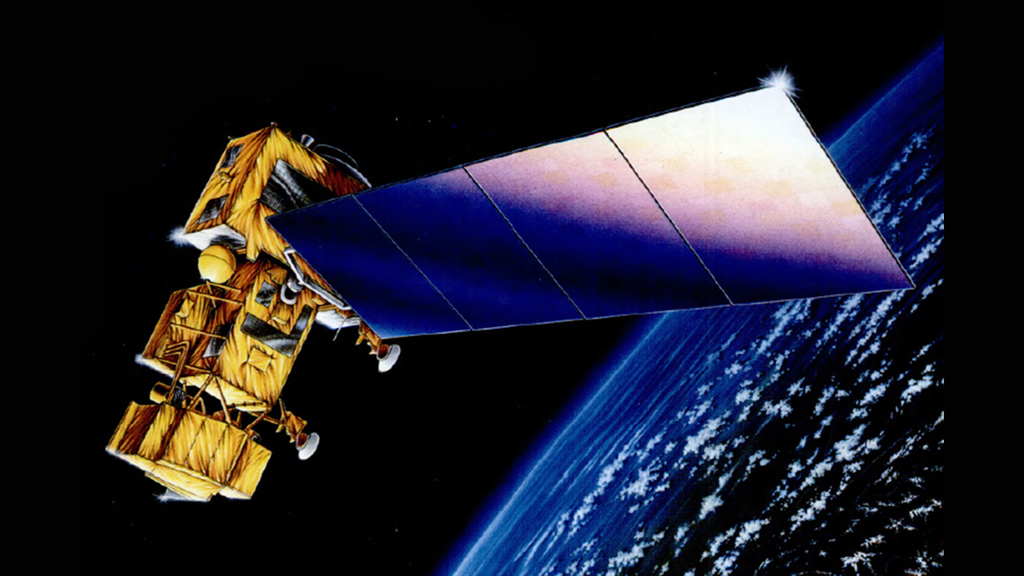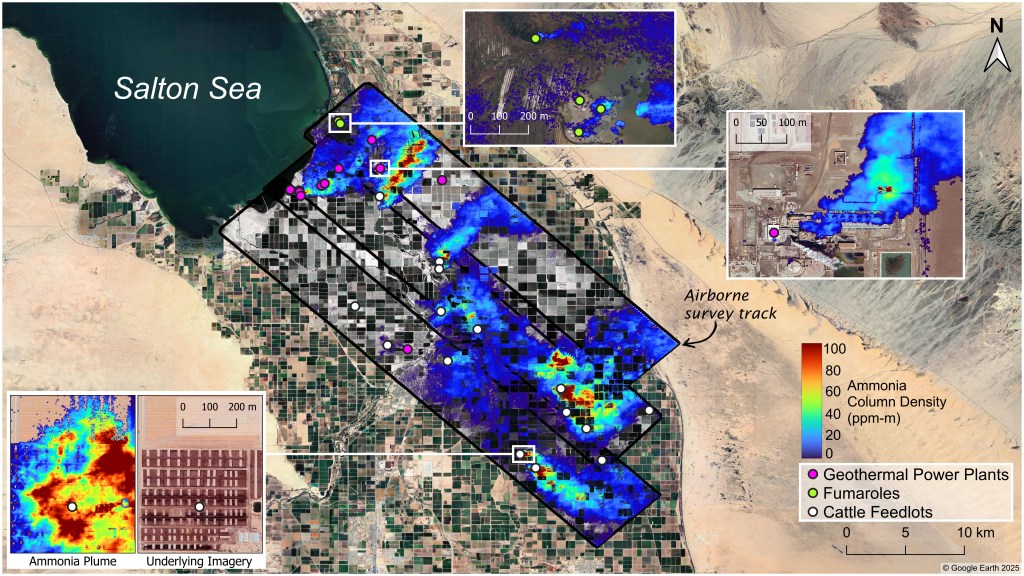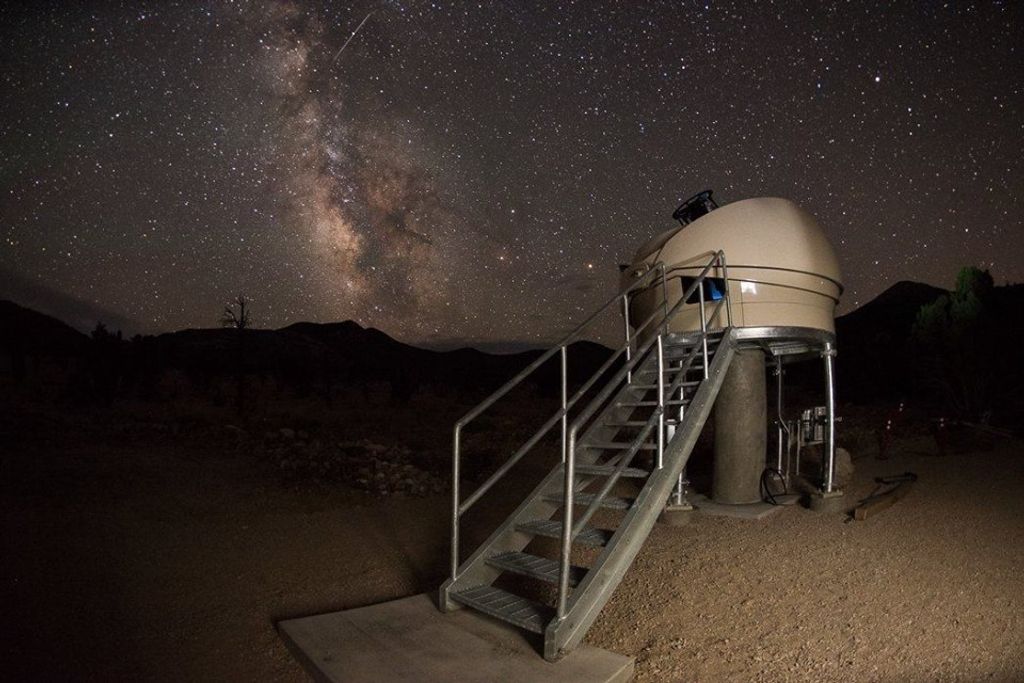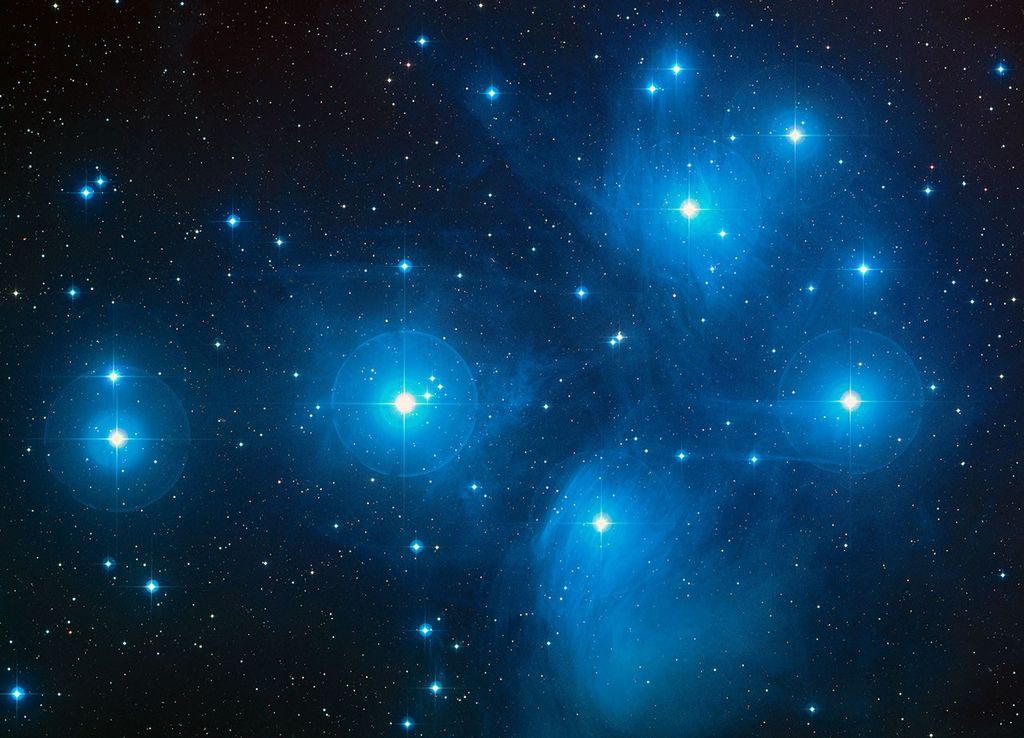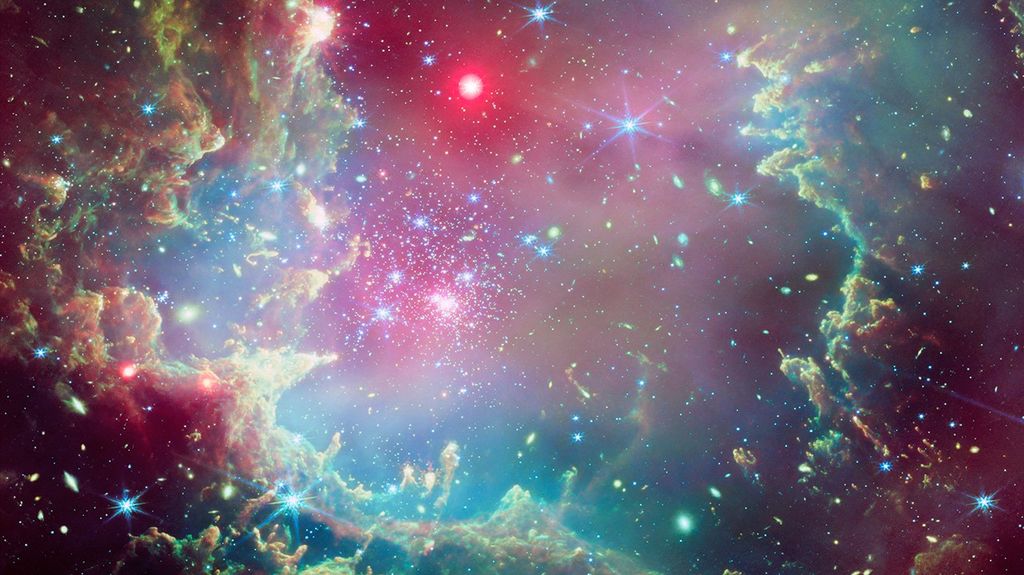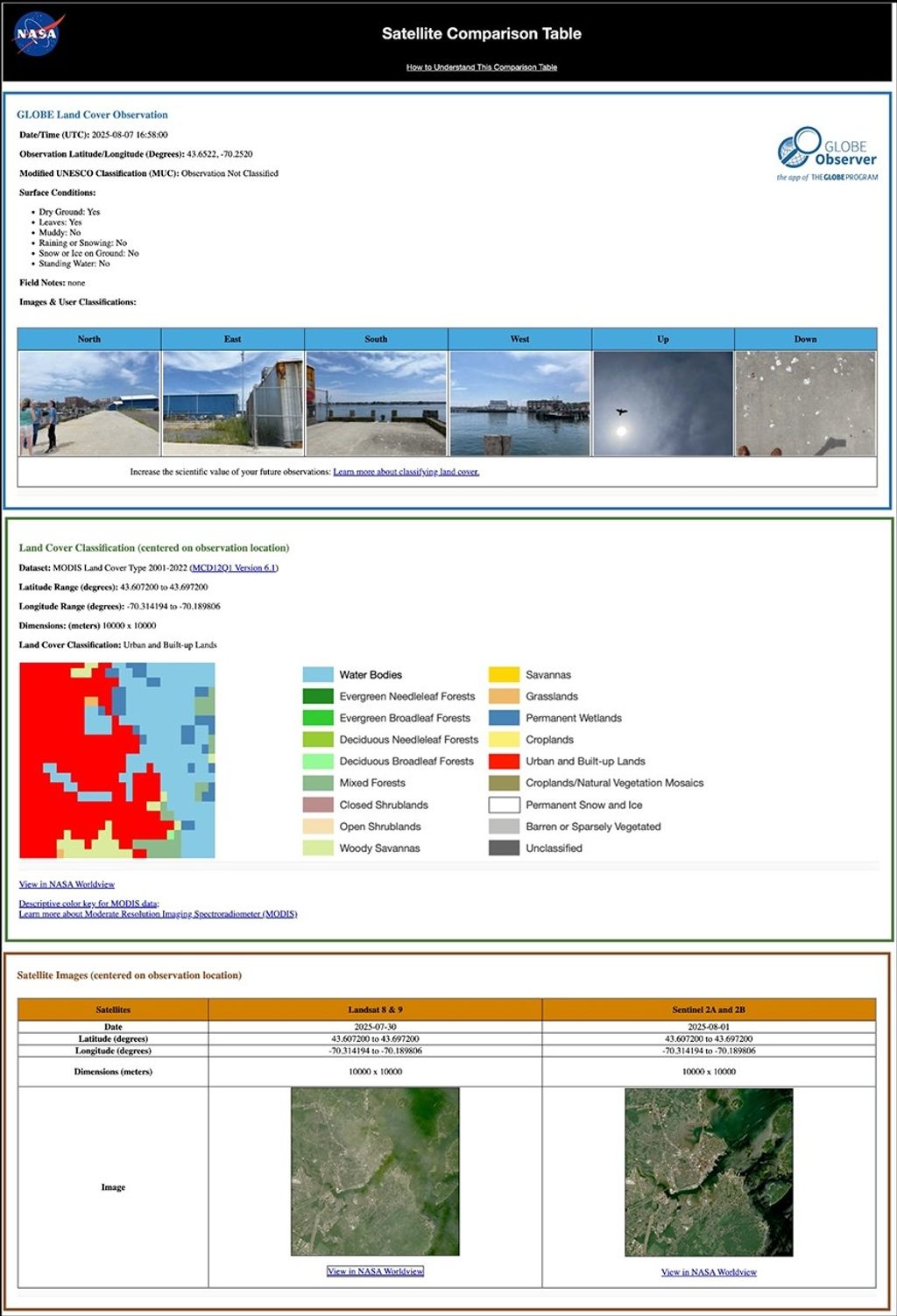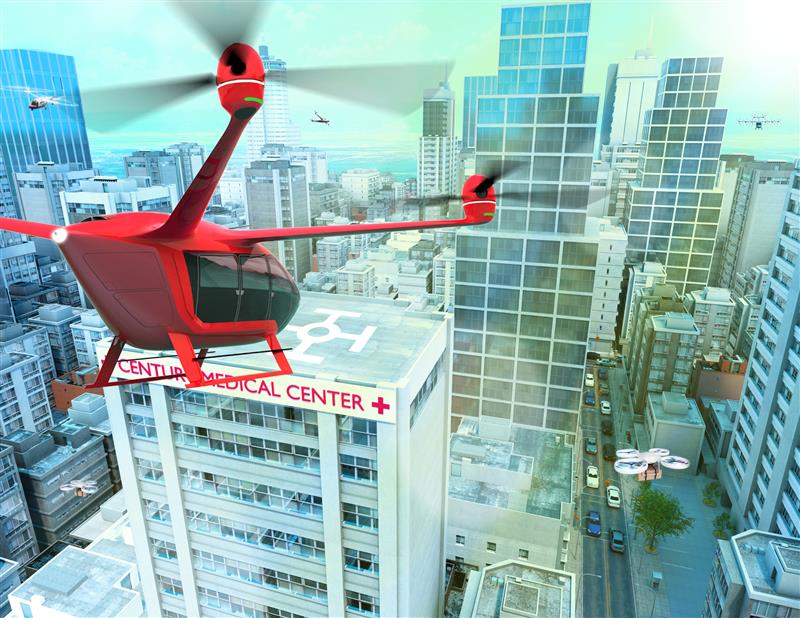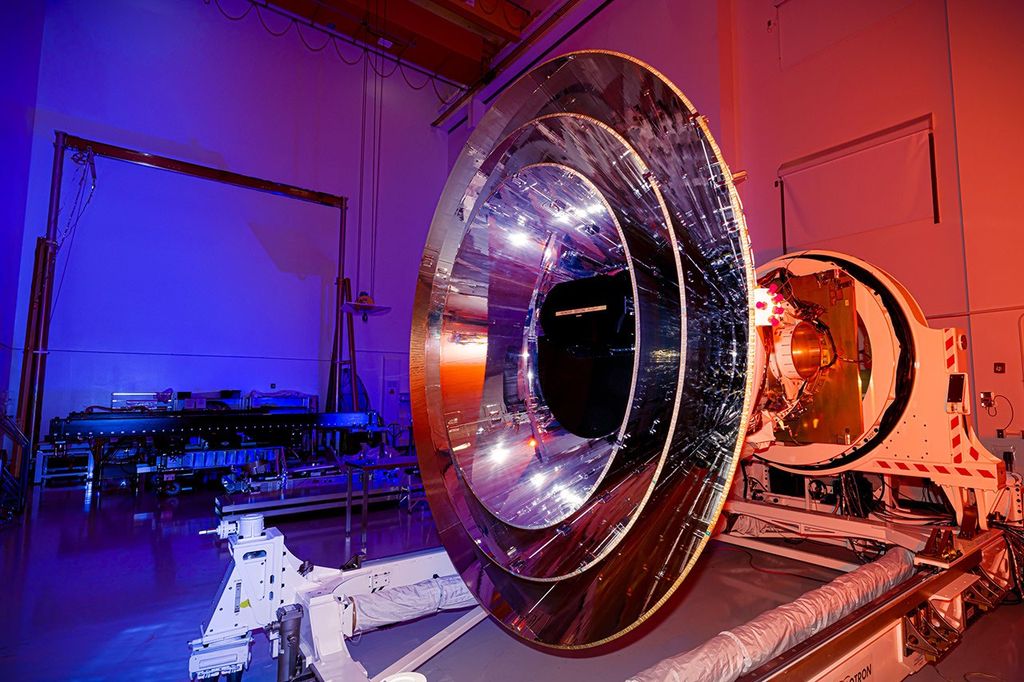1 min read
Beta Pictoris – Star with Disk – Not Annotated

About the Object
- R.A. PositionR.A. PositionRight ascension – analogous to longitude – is one component of an object's position.05h 47m 17.08s
- Dec. PositionDec. PositionDeclination – analogous to latitude – is one component of an object's position.-51° 3' 59.5"
- ConstellationConstellationOne of 88 recognized regions of the celestial sphere in which the object appears.Pictor
- DistanceDistanceThe physical distance from Earth to the astronomical object. Distances within our solar system are usually measured in Astronomical Units (AU). Distances between stars are usually measured in light-years. Interstellar distances can also be measured in parsecs.63 light-years (19 parsecs)
About the Data
- Data DescriptionData DescriptionProposal: A description of the observations, their scientific justification, and the links to the data available in the science archive.
Science Team: The astronomers who planned the observations and analyzed the data. "PI" refers to the Principal Investigator.The Hubble images were created from HST data from proposal 9987: H. Ford (Johns Hopkins University) and J. Krist (STScI). The science team for this release is led by D. Golimowski (Johns Hopkins University). - InstrumentInstrumentThe science instrument used to produce the data.HST>ACS/HRC
- Exposure DatesExposure DatesThe date(s) that the telescope made its observations and the total exposure time.October 1, 2003, Exposure Time: 4 hours
- FiltersFiltersThe camera filters that were used in the science observations.F435W (B), F606W (Broad V), F814W (I)
- Object NameObject NameA name or catalog number that astronomers use to identify an astronomical object.Beta Pic, Beta Pictoris
- Object DescriptionObject DescriptionThe type of astronomical object.Star with Disk
- Release DateJune 27, 2006
- Science ReleaseHubble Reveals Two Dust Disks Around Nearby Star Beta Pictoris
- Credit

Compass and Scale
Compass and ScaleAn astronomical image with a scale that shows how large an object is on the sky, a compass that shows how the object is oriented on the sky, and the filters with which the image was made.
Related Images & Videos
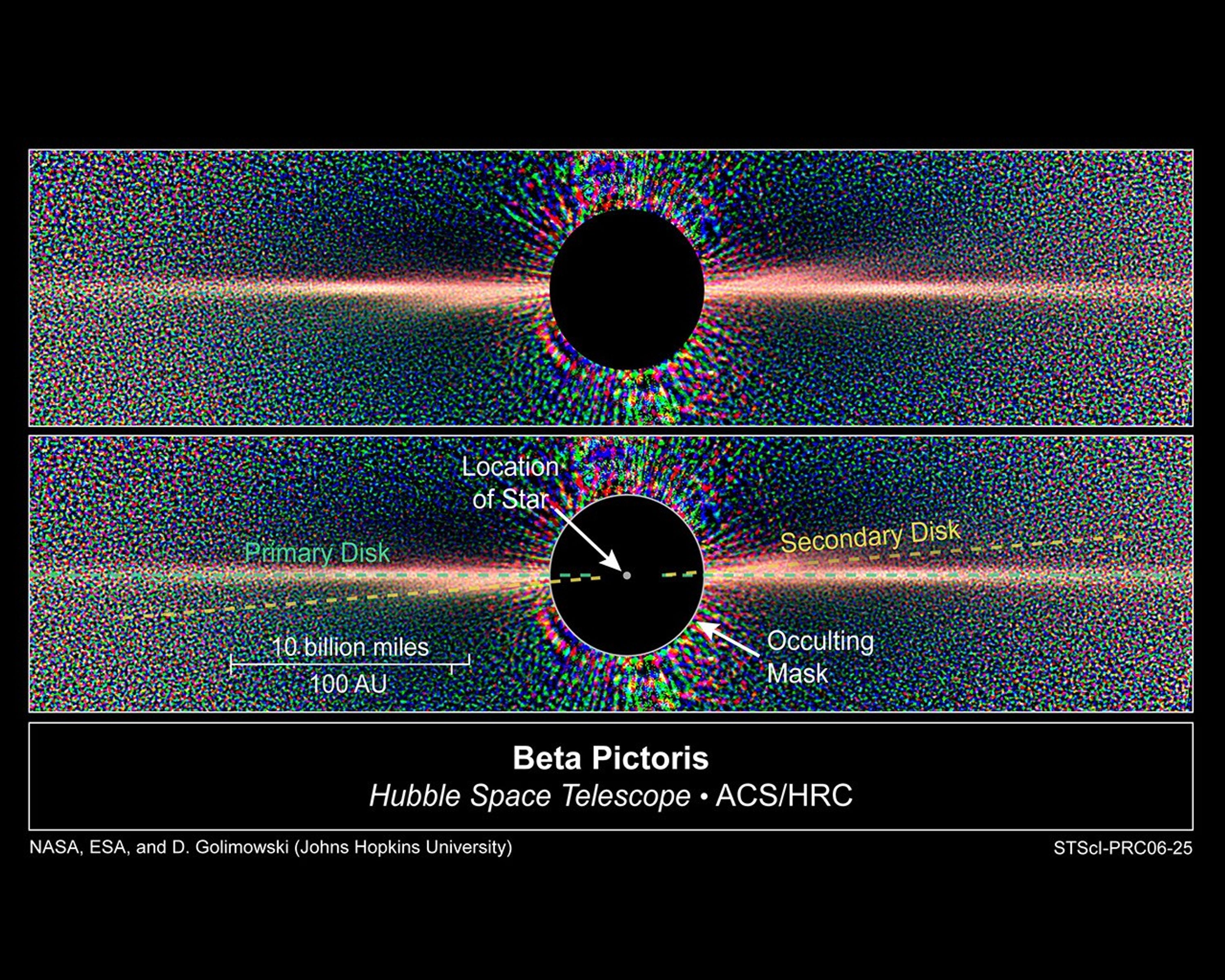
Hubble Sees Two Dust Disks Around Beta Pictoris
This Hubble Space Telescope view of Beta Pictoris clearly shows a primary dust disk and a much fainter secondary dust disk. The secondary disk extends at least 24 billion miles from the star and is tilted roughly 4 to 5 degrees from the primary disk. The secondary disk is...

Multi-Band Images of Beta Pictoris
Separate B, V, and I ratio images taken with Hubble's Advanced Camera for Surveys support the notion that the inner warp surrounding the nearby star Beta Pictoris is a secondary dust disk, distinct from the main outer dust disk and inclined from it by roughly 4 to 5 degrees.
Share
Details
Last Updated
Aug 17, 2025
Contact
Media
Claire Andreoli
NASA’s Goddard Space Flight Center
Greenbelt, Maryland
claire.andreoli@nasa.gov






